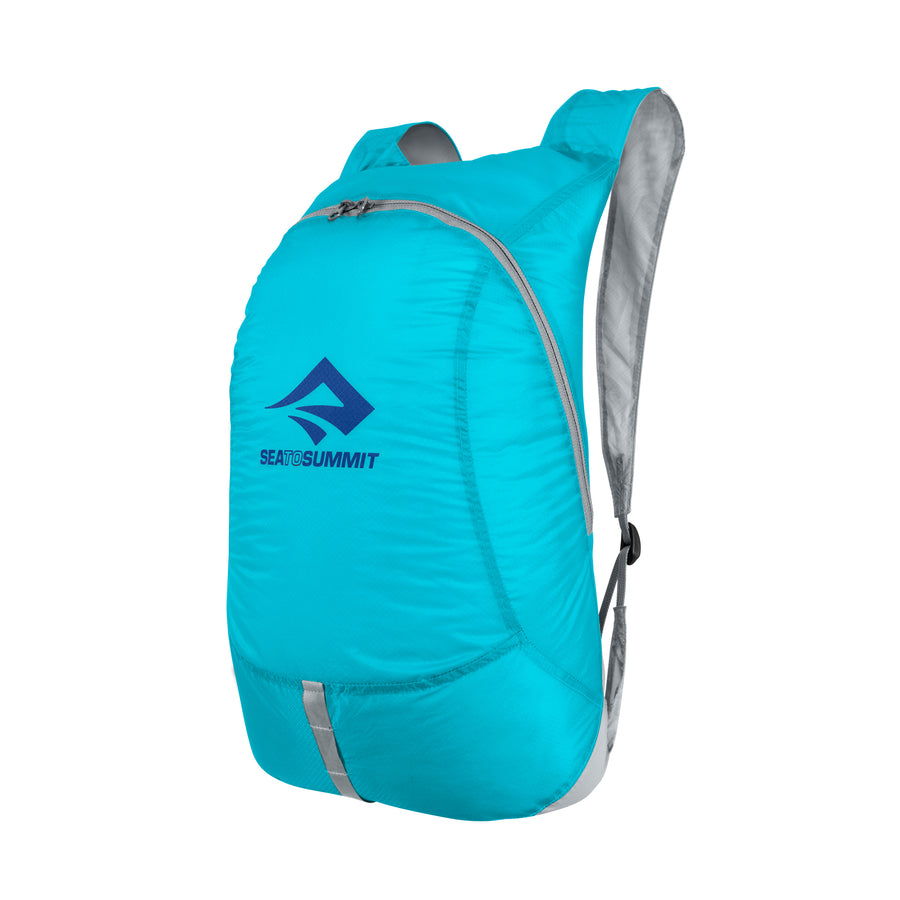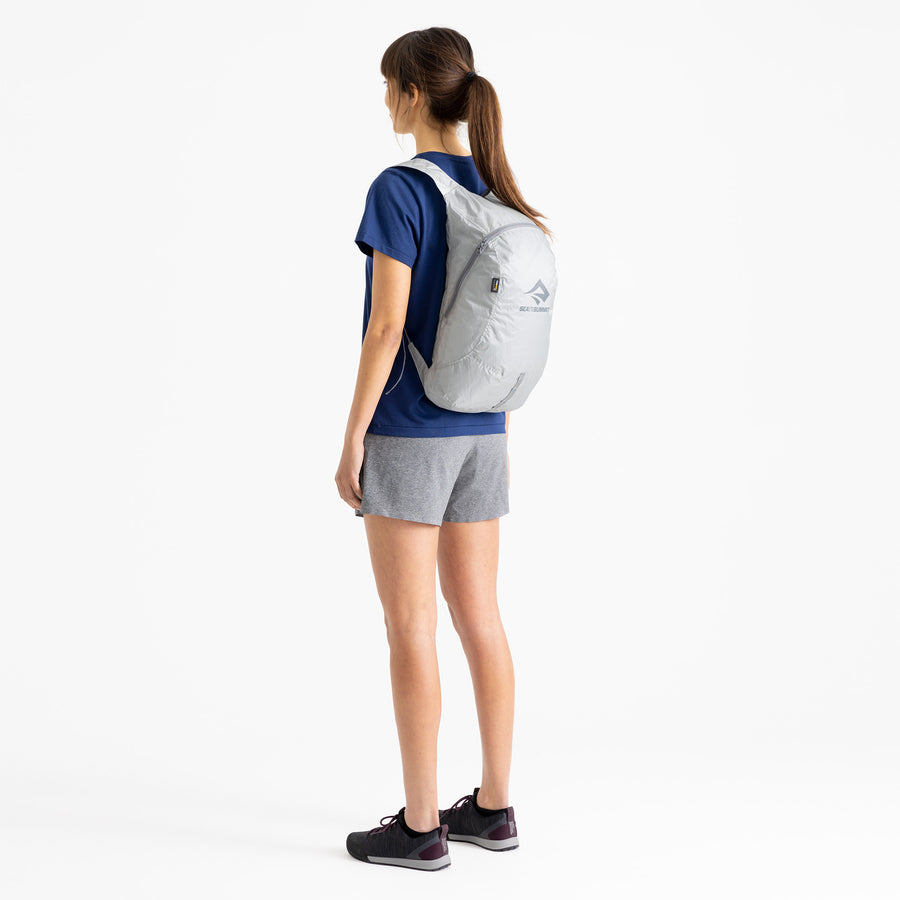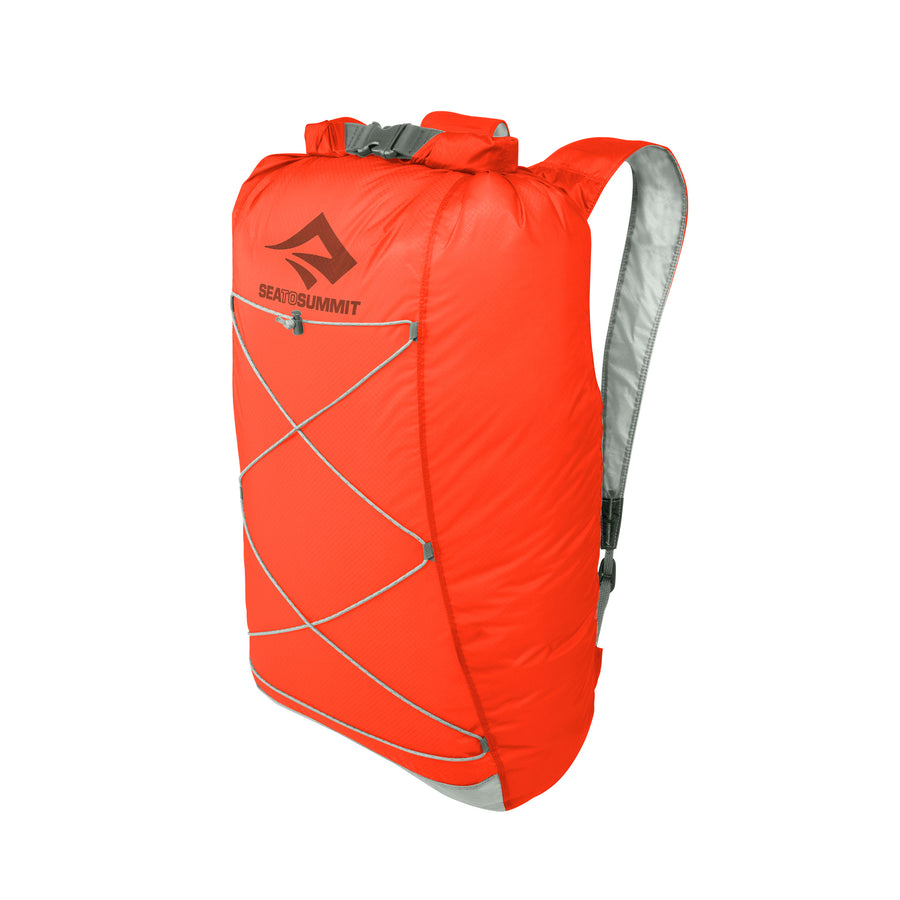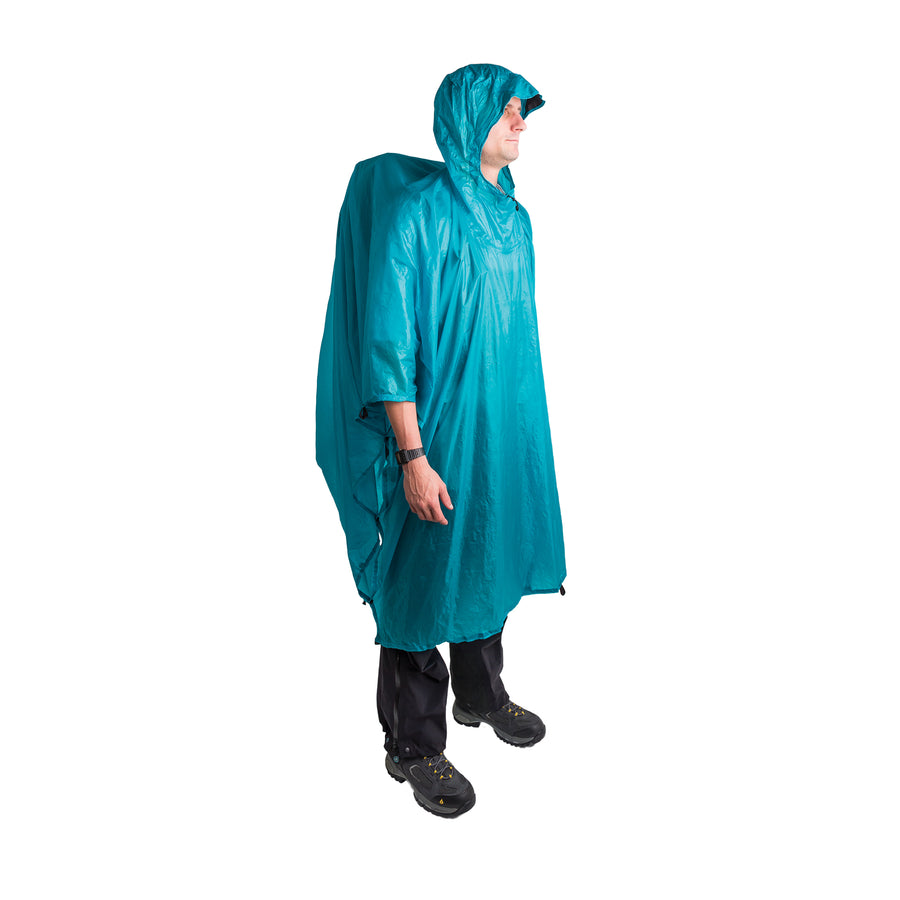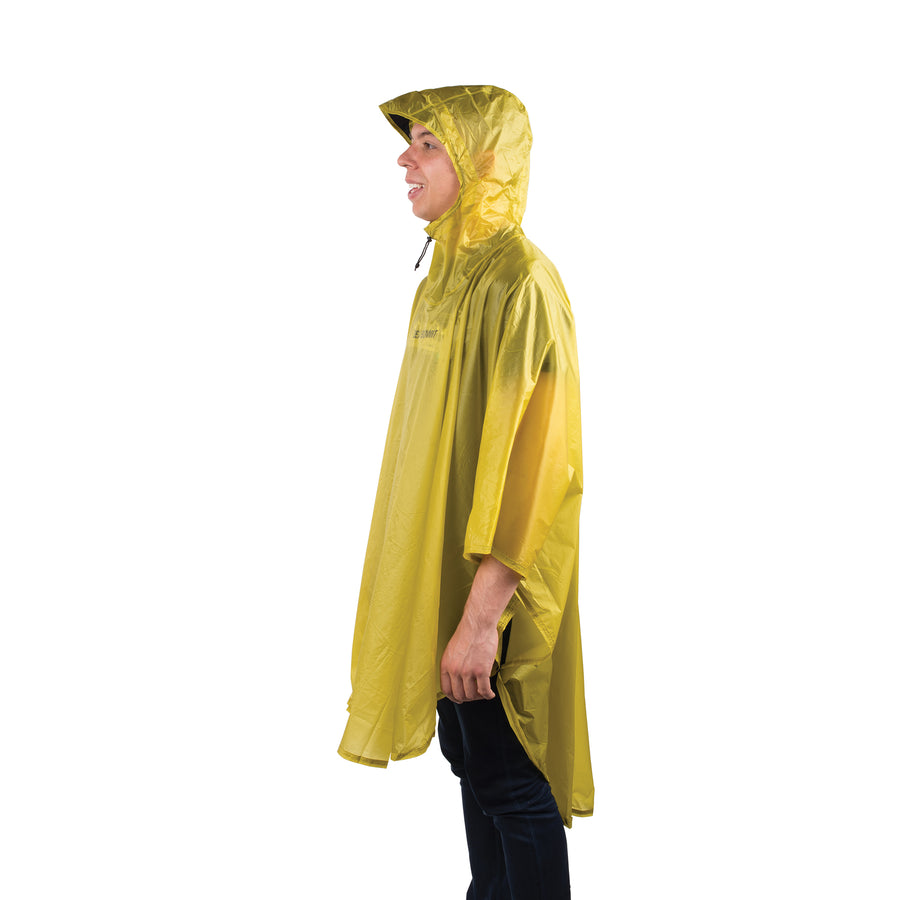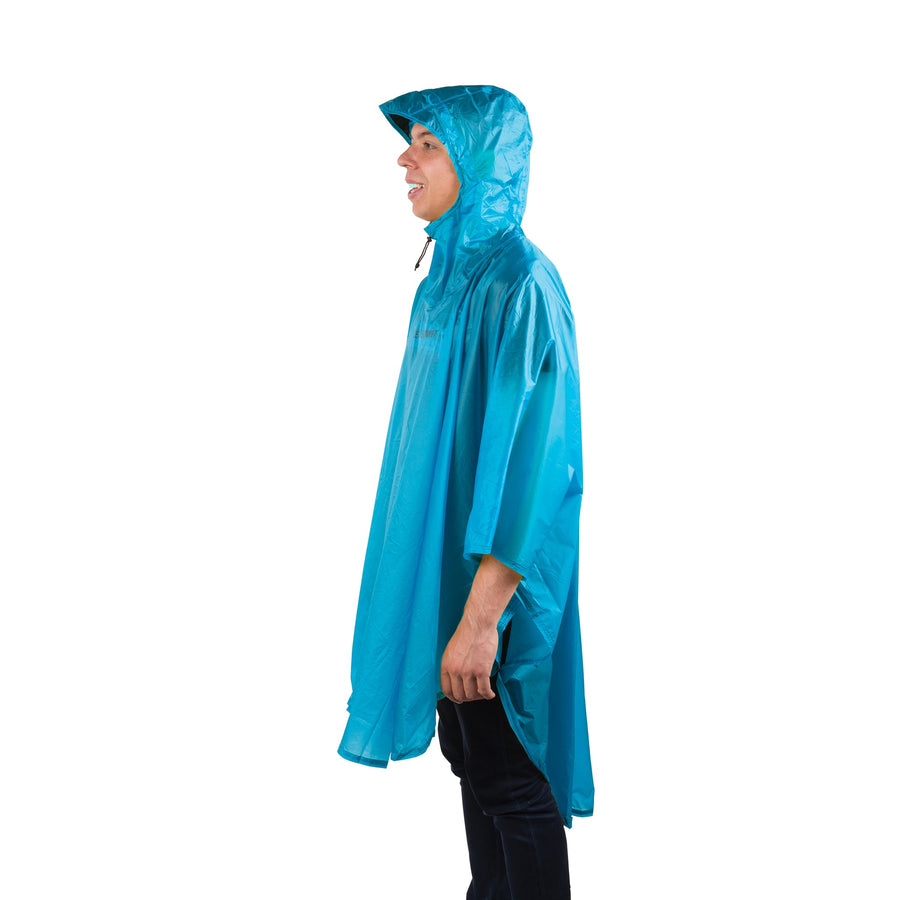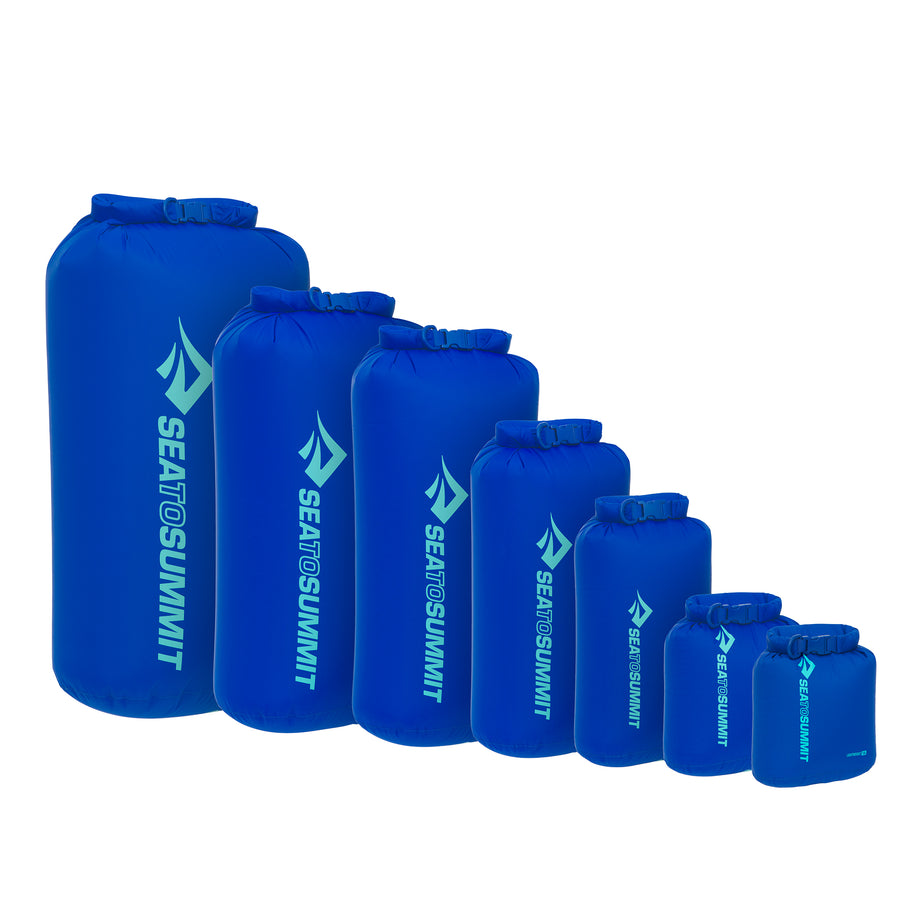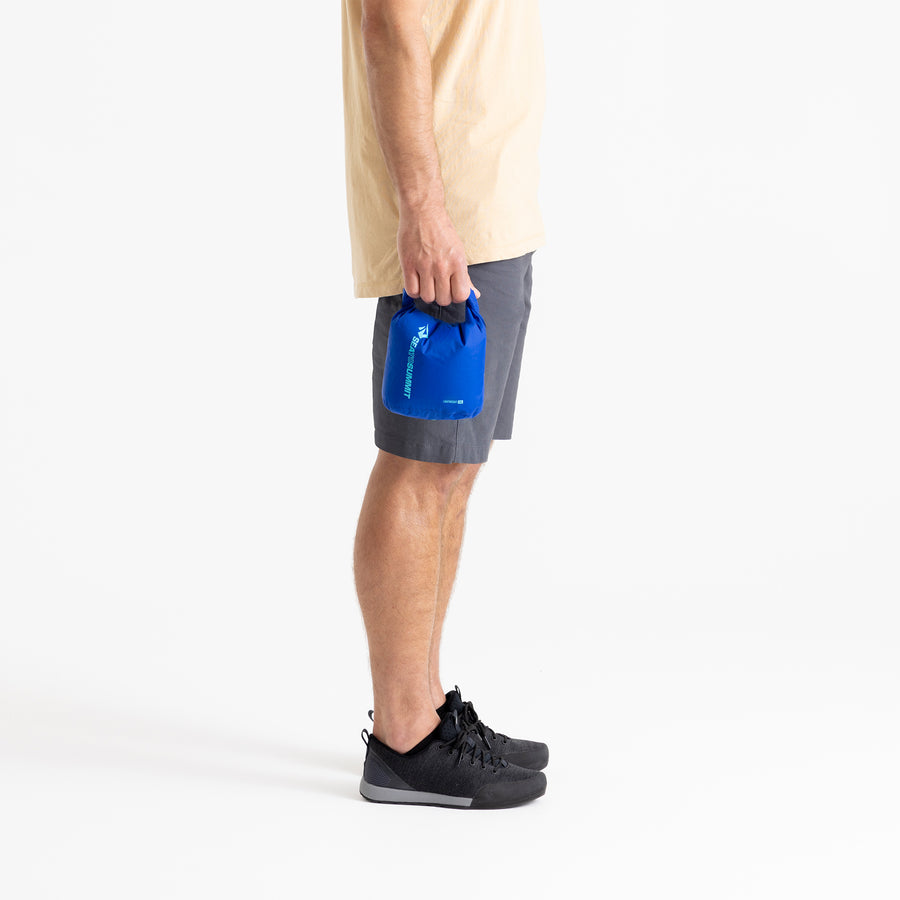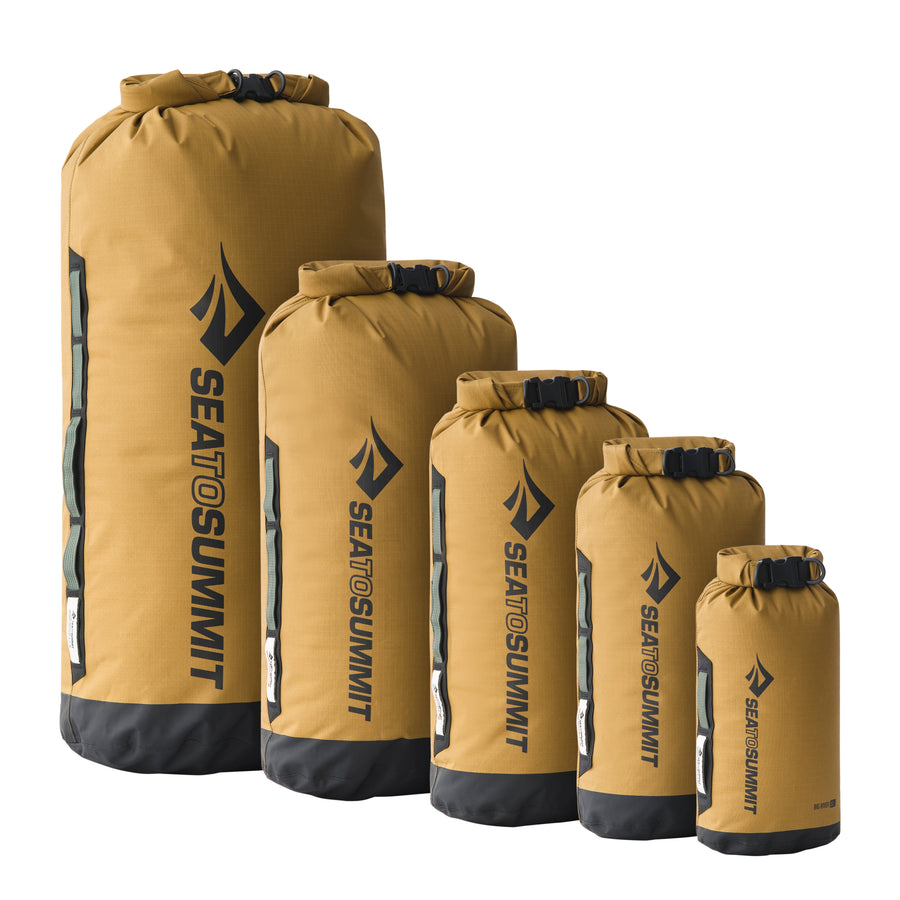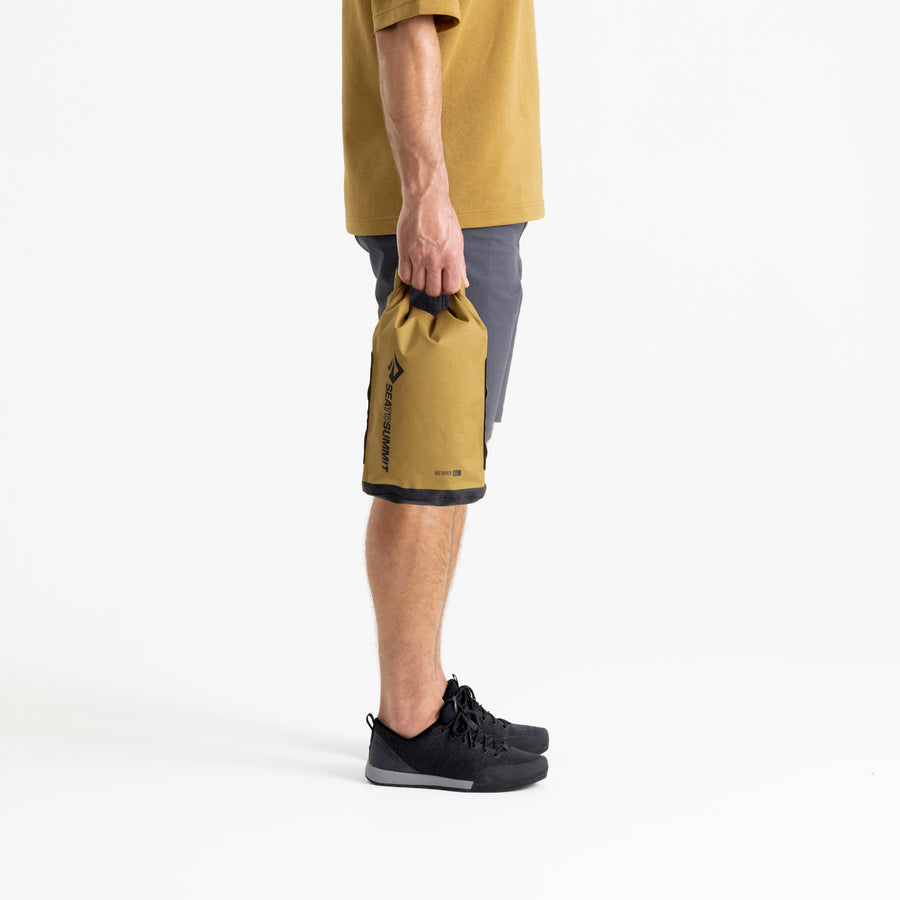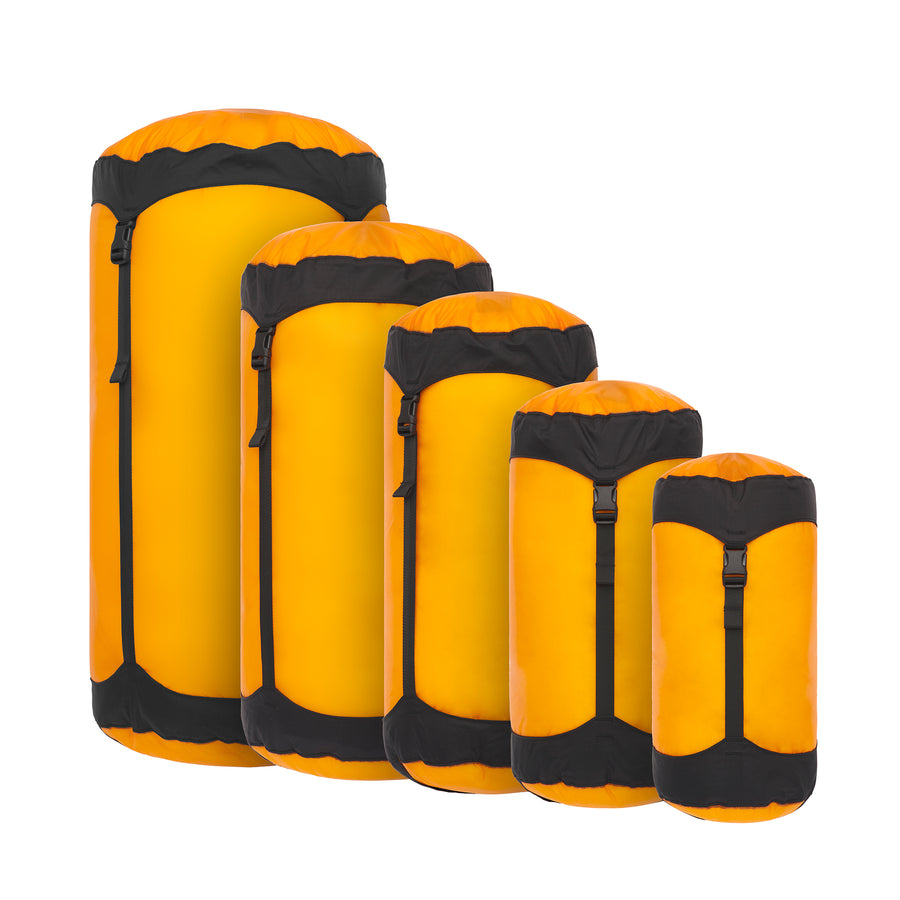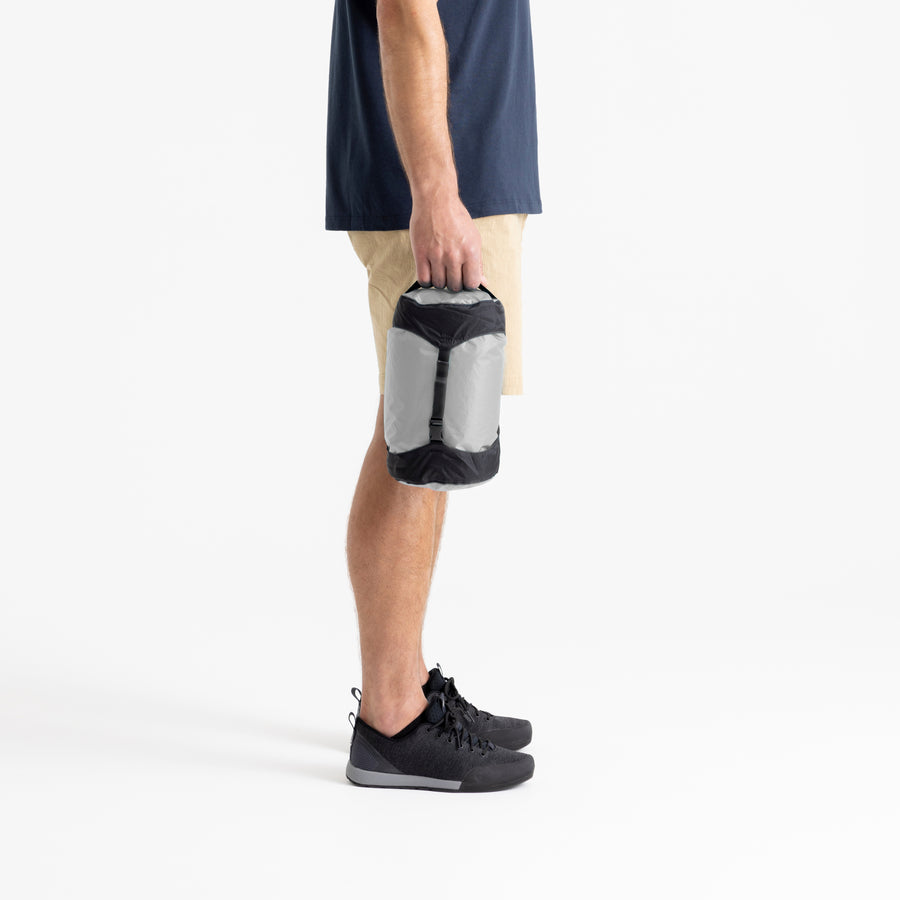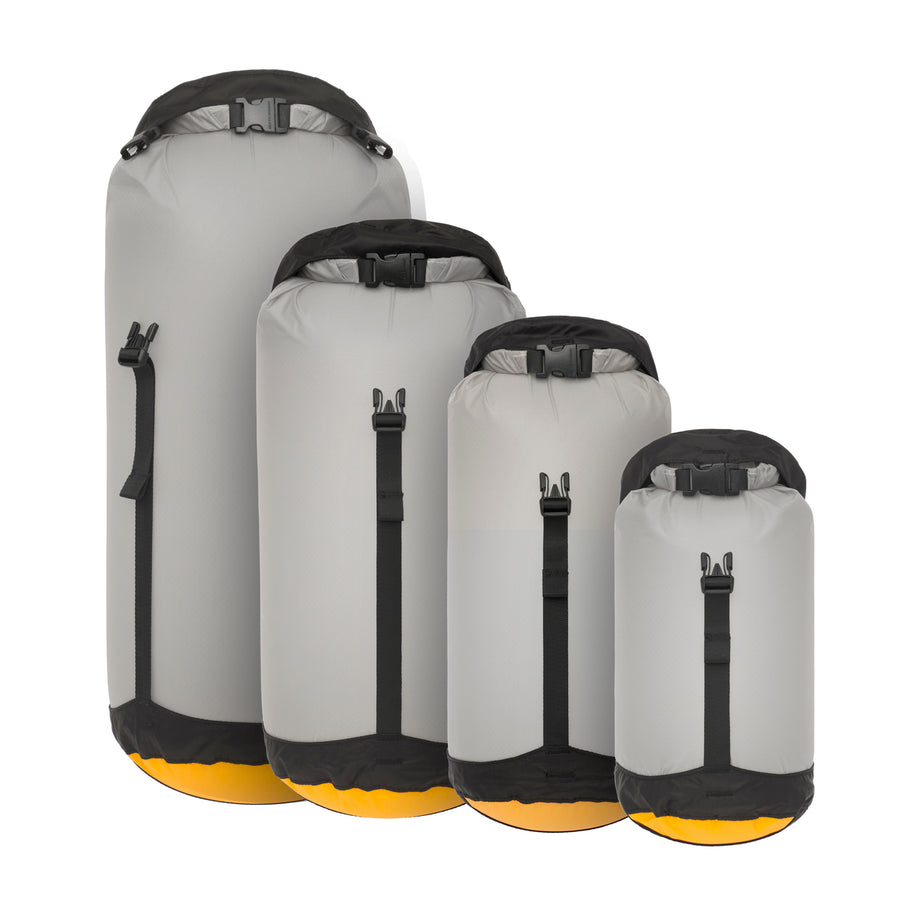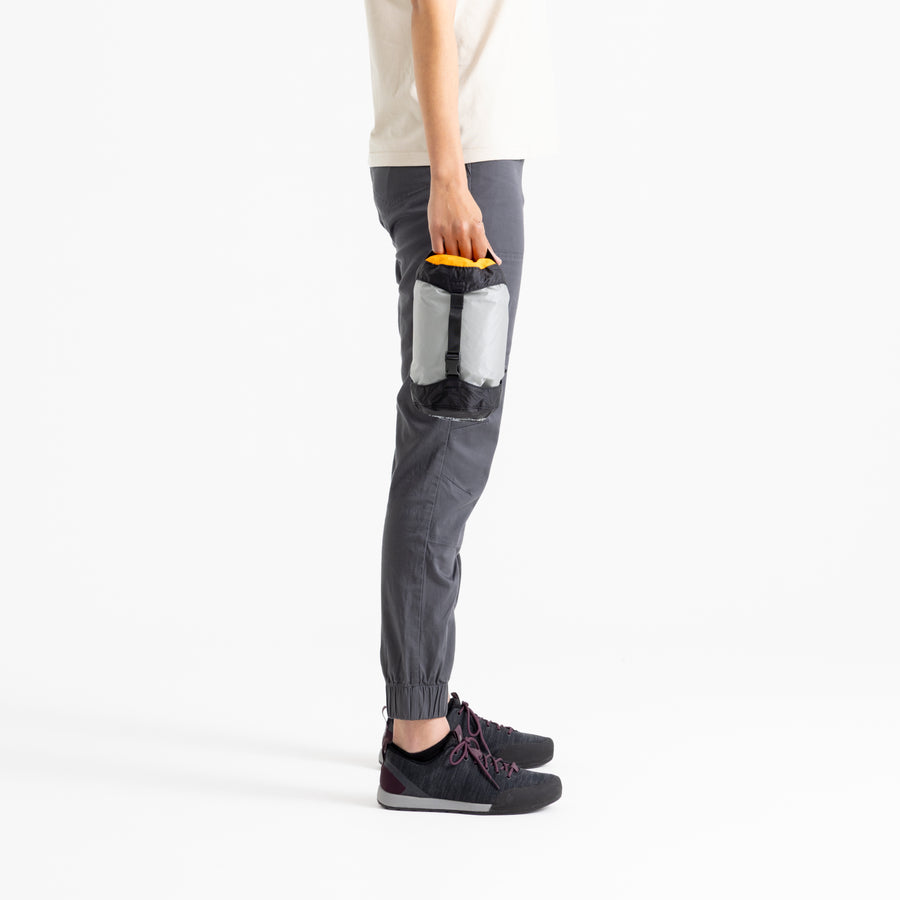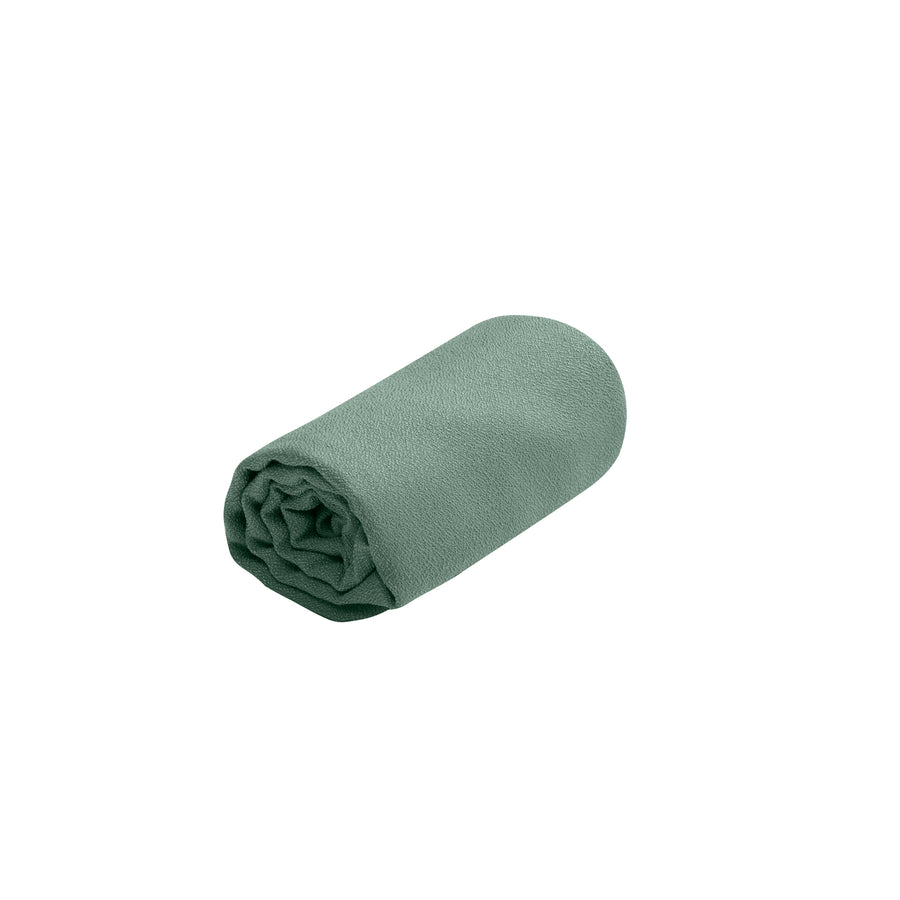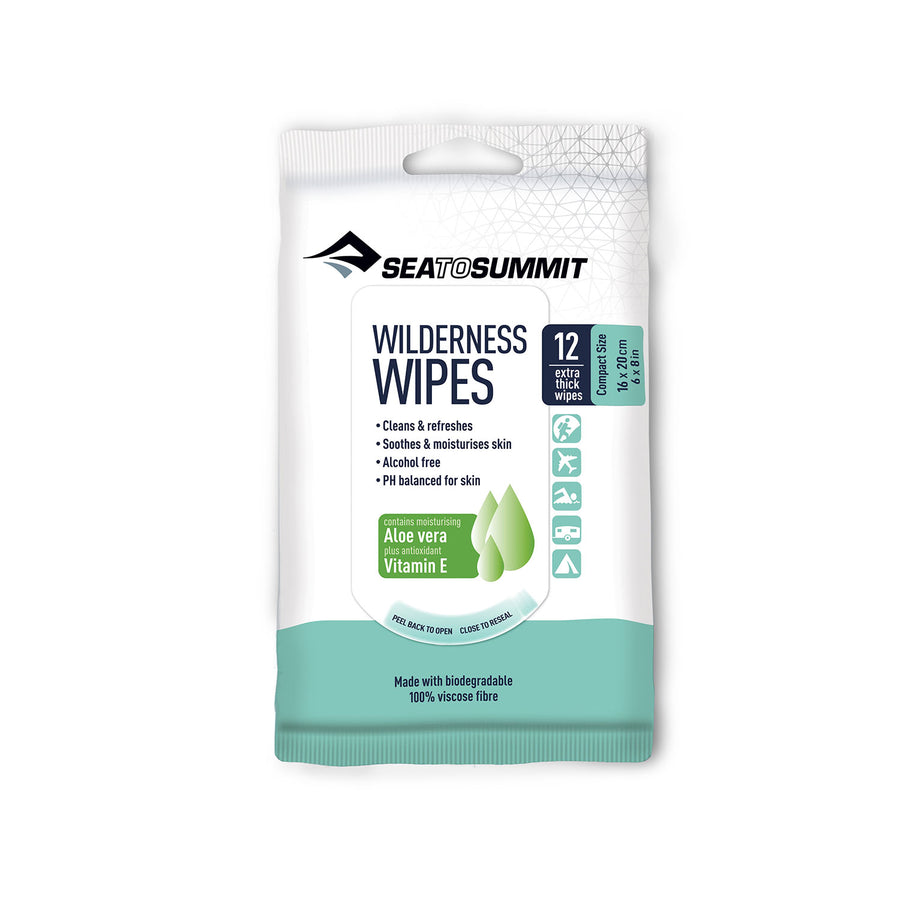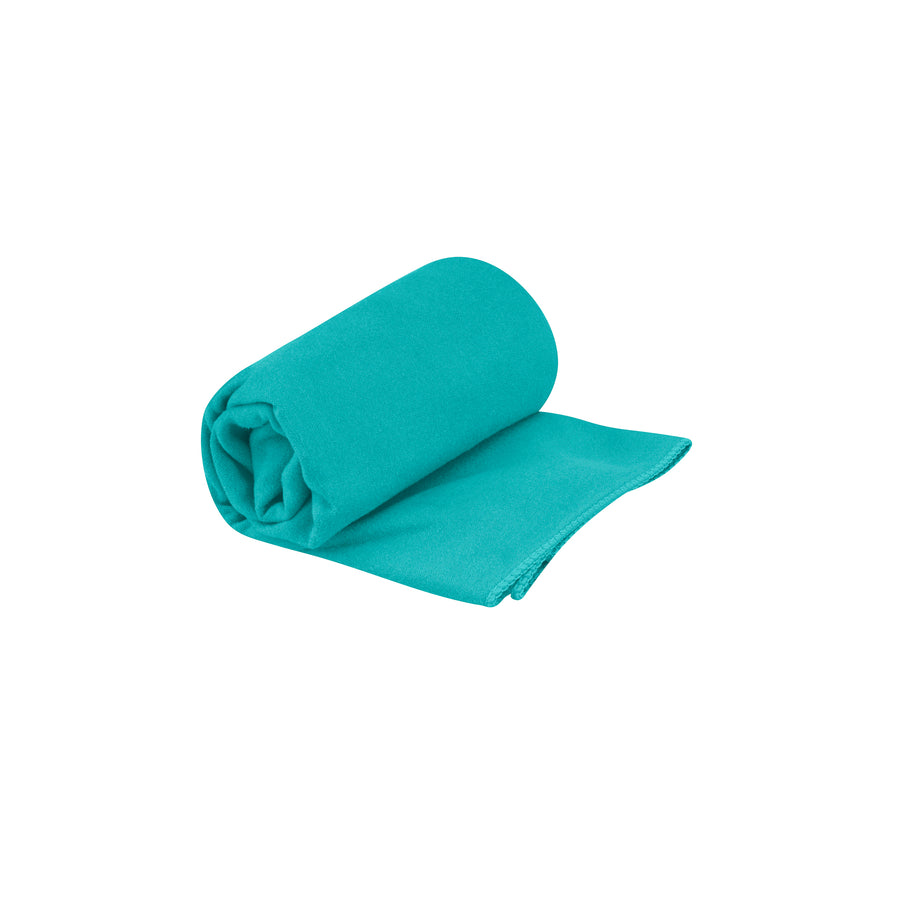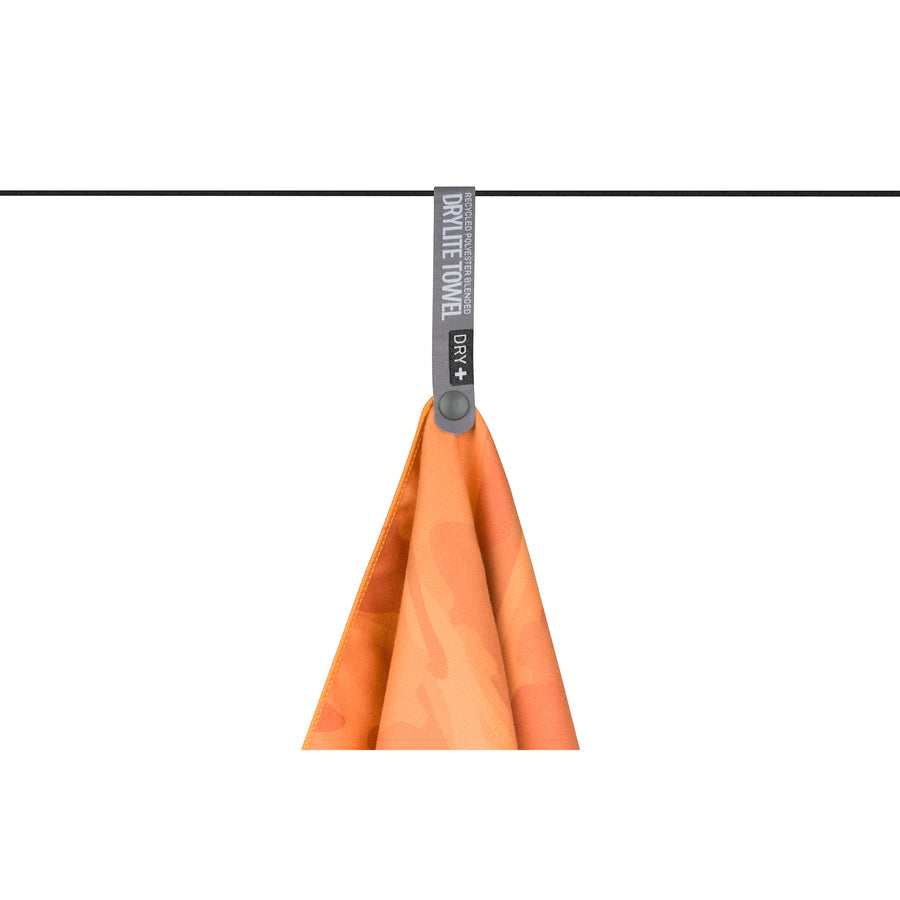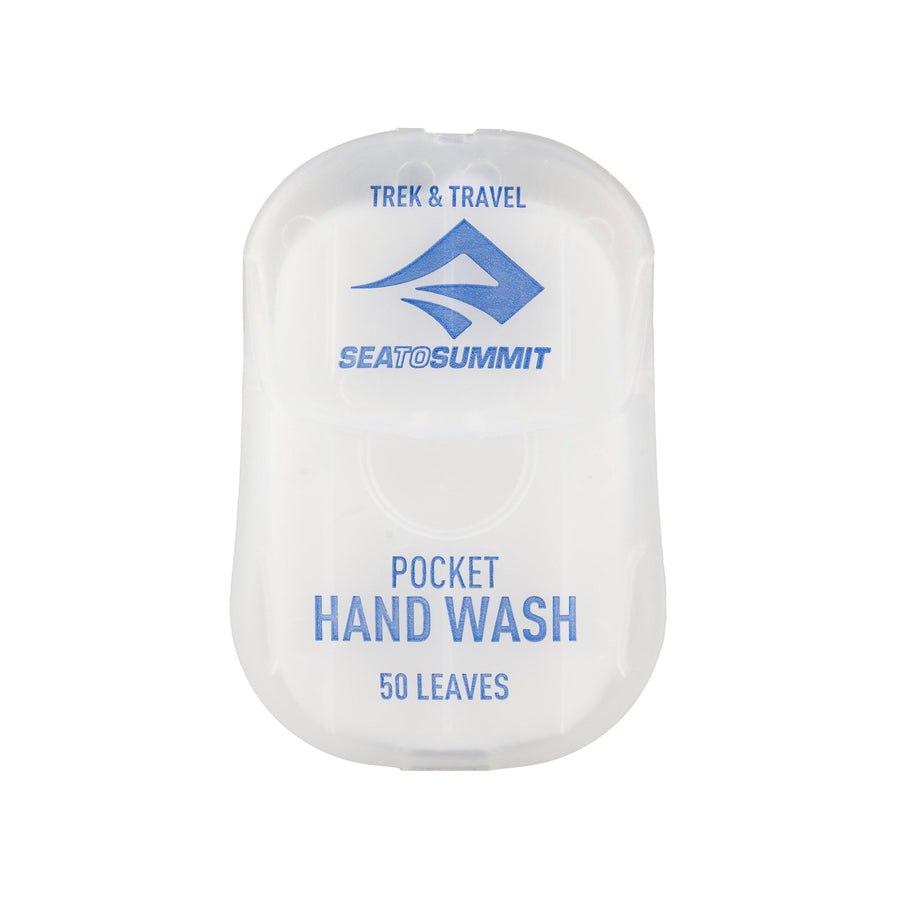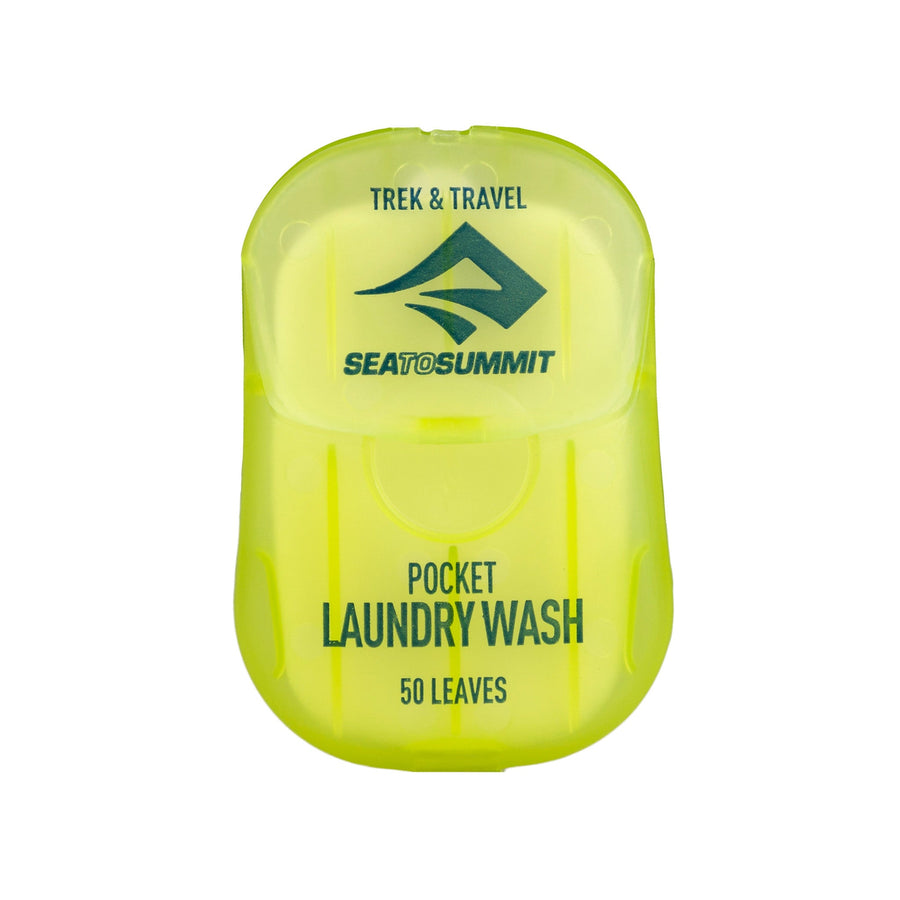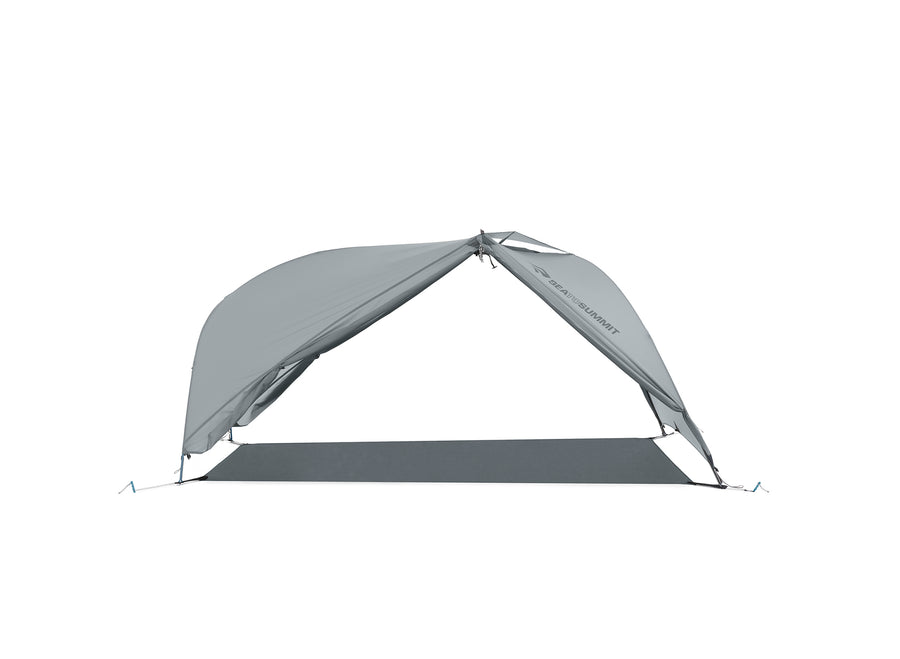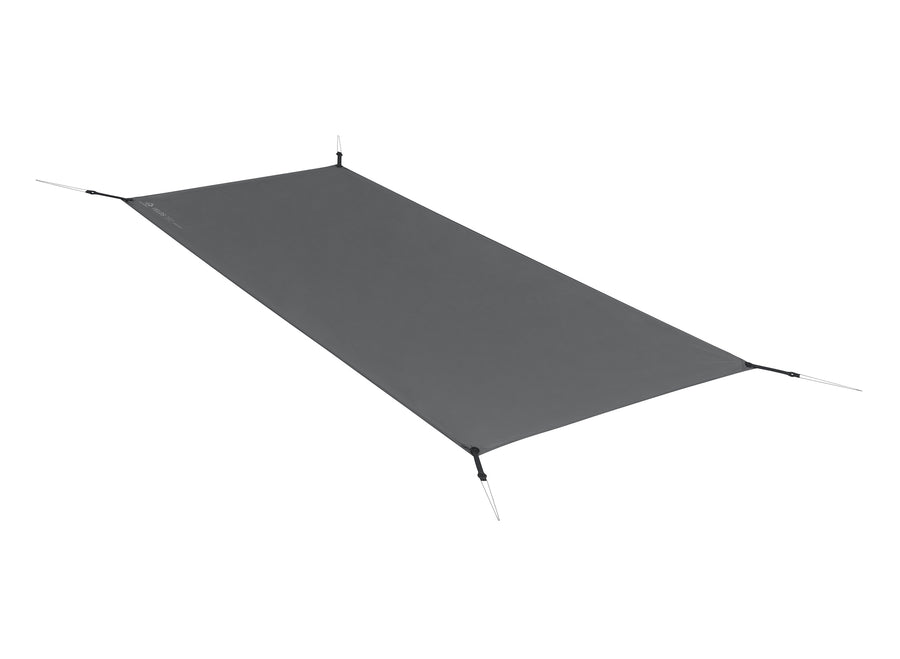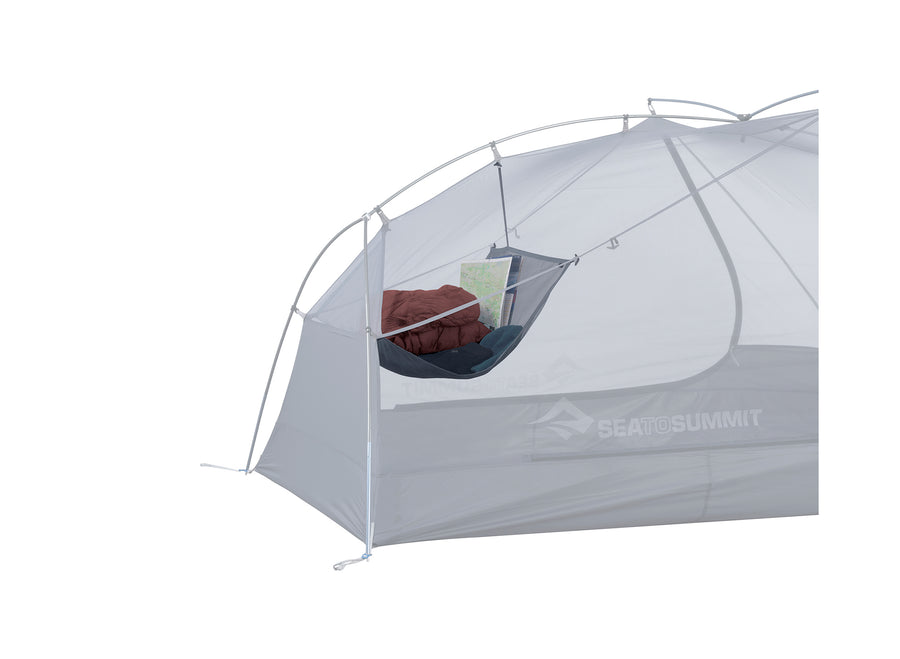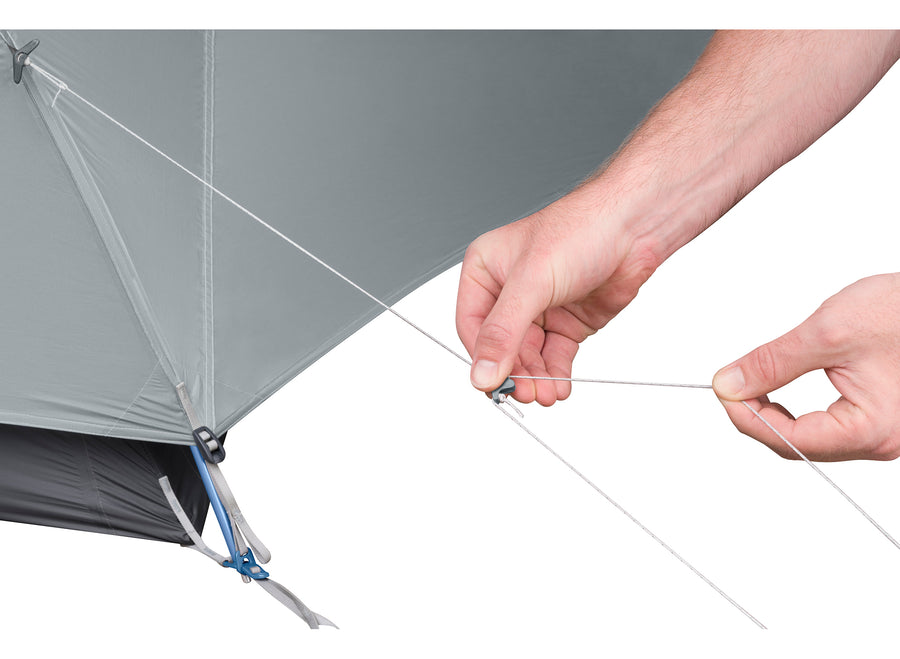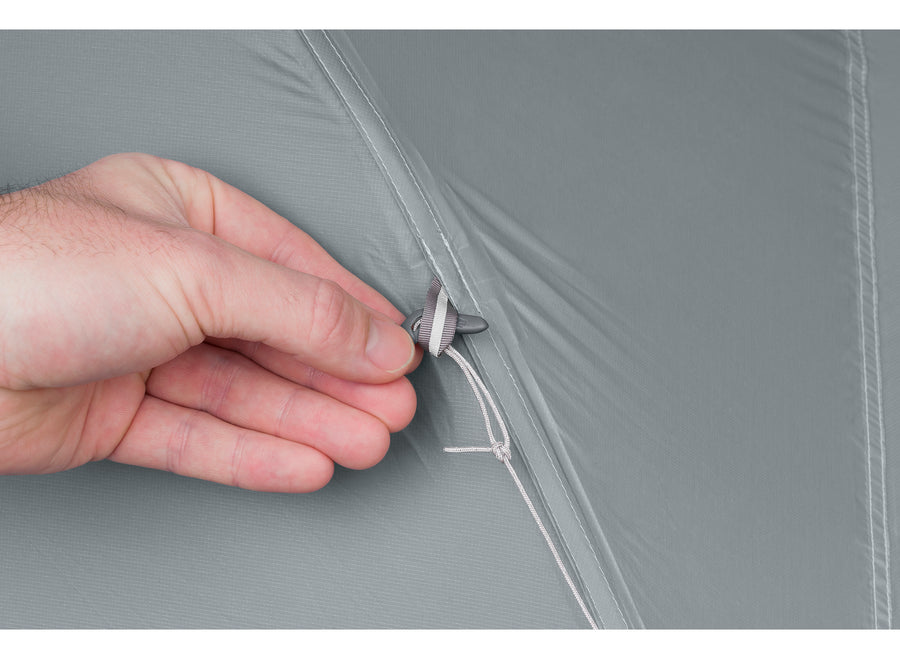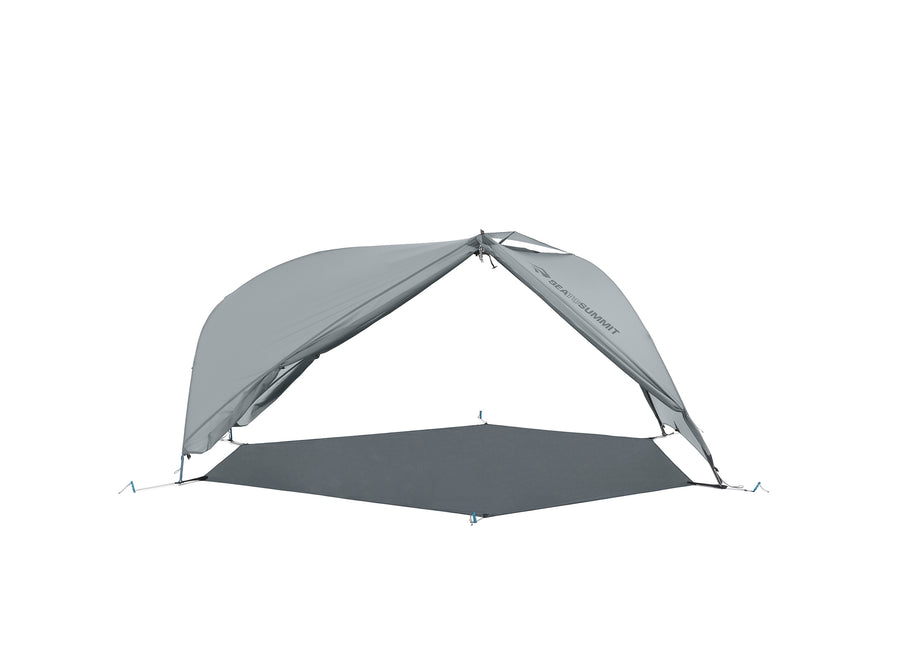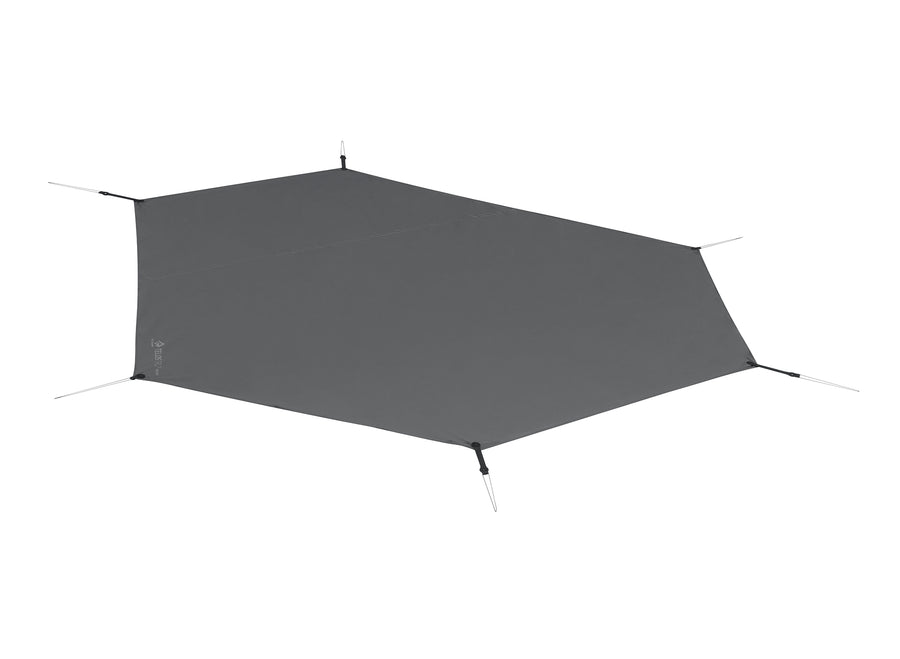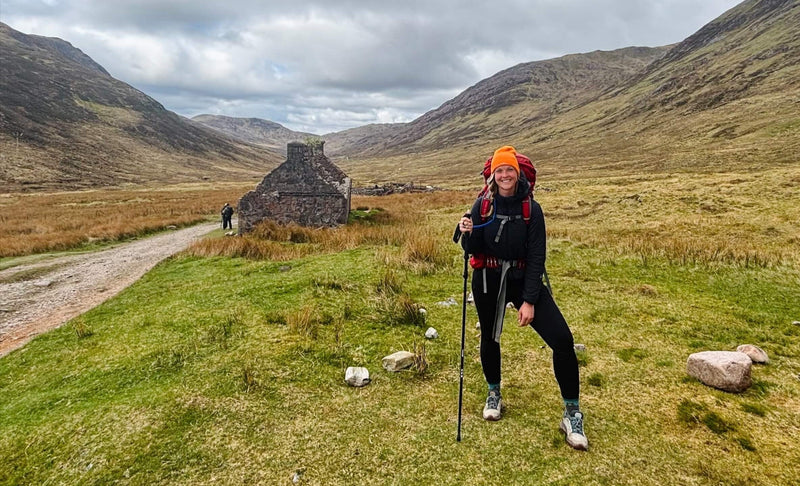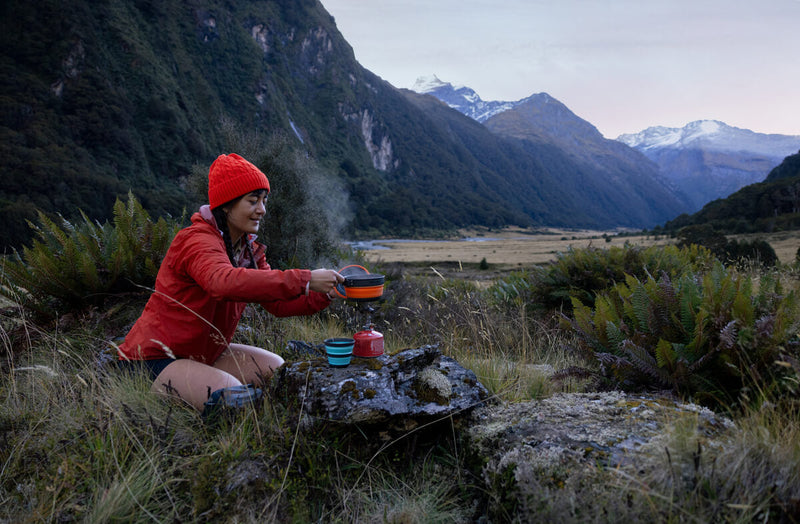Sleep Light, Sleep Right: Building the Ultimate Ultralight Sleep System
When you're heading into the backcountry, every ounce matters—but that doesn’t mean you have to compromise on comfort or durability. In this guide, we’ll walk through how to reduce pack weight with a smart, ultralight sleep system that still gives you a great night’s sleep.
Start with the Big Five
Before diving into gear specifics, consider your base weight—that’s everything in your pack except consumables like food and water. A typical backpacking system can be broken into five main components:
- Shelter
- Sleep System
- Backpack
- Clothing
- Cooking Kit
In this post, we’re focusing on the one that takes up the most space: your sleep system. So, what is a sleep system? Just like your bed at home, a sleep system includes:
- A mattress
- Sheets or liners
- A pillow
- Something to keep you warm (like a quilt or sleeping bag)
The difference? It's lighter, more compact, and designed for rugged environments. Sleep is vital for recovery, so investing in the right system is essential.
Choose the Right Sleeping Pad
Your sleeping pad is the foundation of your comfort. You have three main types:
- Closed-cell foam mats: Light but bulky
- Air mats: Light, warm, and highly packable
- Self-inflating mats: A hybrid option offering both comfort and insulation
When choosing a sleeping pad, check the R-value—it measures insulation and how well the pad resists heat loss to the ground. In general, an R-value of 3 or higher is recommended for most trips.
Pick the Best Sleeping Bag or Quilt
The bulkiest part of your sleep system, a sleeping bag (or quilt) is where you can save serious weight. Down insulation is favored for its warmth-to-weight ratio and compressibility. Look for:
- Fill power: The higher the fill power, the better the insulation—so less down is needed, making the bag lighter and more compressible.
- Shape and comfort: a roomier bag may be slightly heavier but worth it
- Ventilation options: like long zippers for hot nights
Quilts: offer more freedom and ventilation but take some getting used to. If you’re a side sleeper, a roomy mummy-style sleeping bag, like the Sea to Summit Spark Down Sleeping Bag, is a great compromise.
Add a Sleeping Bag Liner
Think of Sleeping Bag Liners like sheets—they add warmth, feel great against your skin, and are easier to wash than your bag. Options include:
- Thermal liners (like the Reactor Sleeping Bag Liner with hollow-core fiber) for added warmth
- Moisture-wicking liners (like the Breeze Sleeping Bag Liner) for humid conditions
- Silk-blend liners for minimal weight and easy packing
Some even have arm openings and foot vents to improve comfort.
Don’t Skip the Pillow
A good pillow makes a big difference. While some still use a stuff sack filled with clothes, an inflatable pillow like the Aeros Ultralight Pillow is a game changer. Benefits include:
- Adjustable firmness
- Contoured shape for support
- Fits in your sleeping bag hood
Packs down to palm size (and weighs just 2.1 oz / 60g). For extra comfort, try one with a soft cover or down topper.
Final Thoughts
You don’t need to choose between going light and sleeping well. With the right gear, you can create a dialed-in ultralight sleep system tailored to your needs and sleep style. Happy trails!
